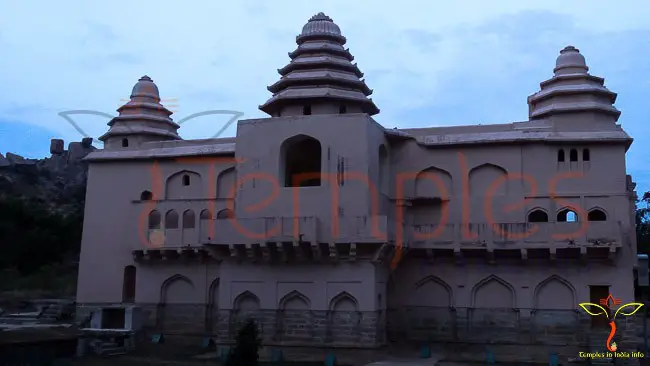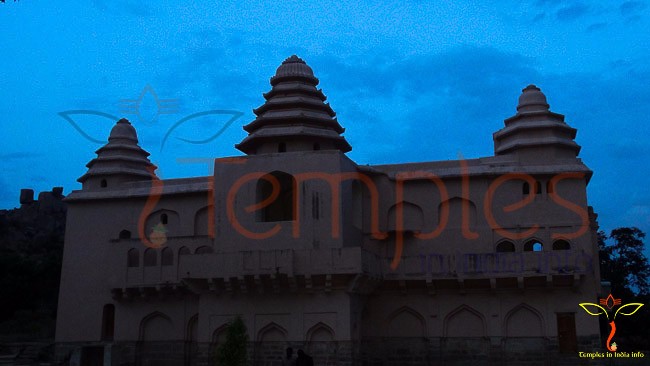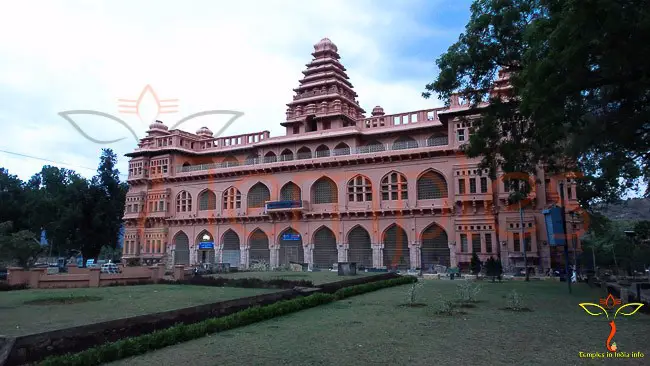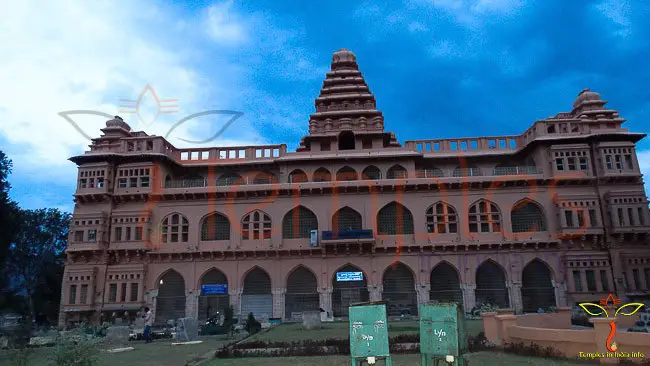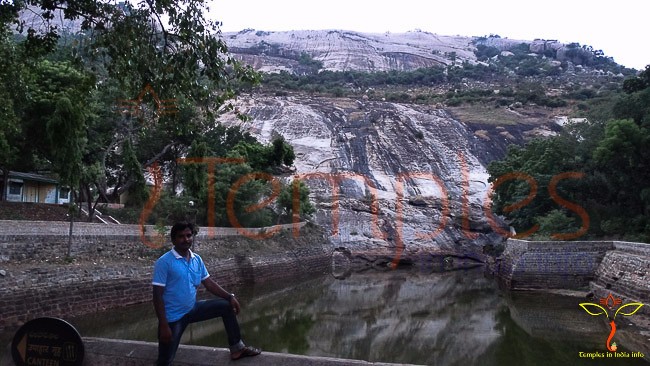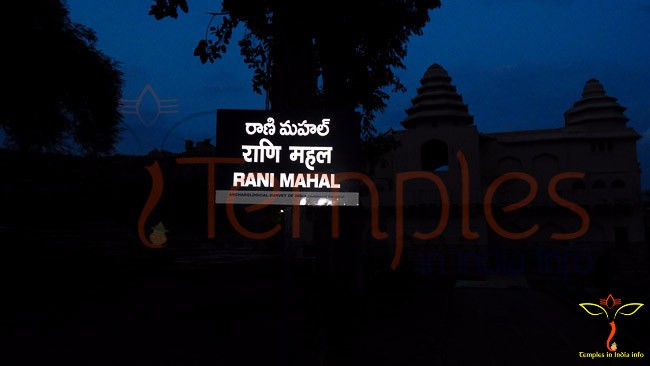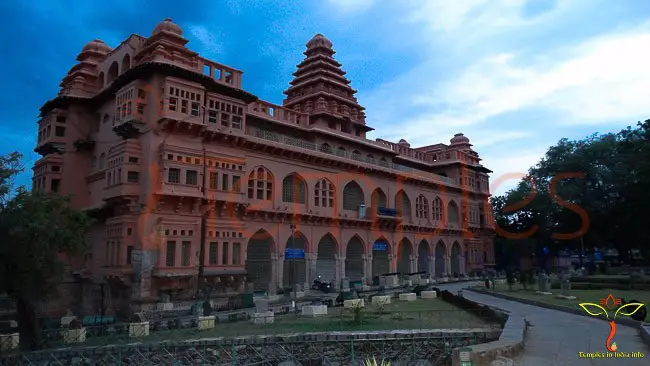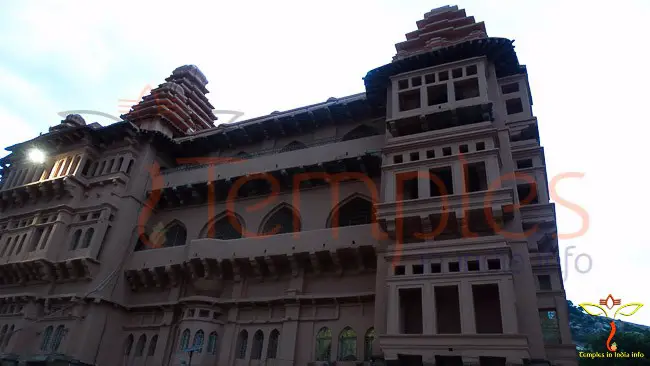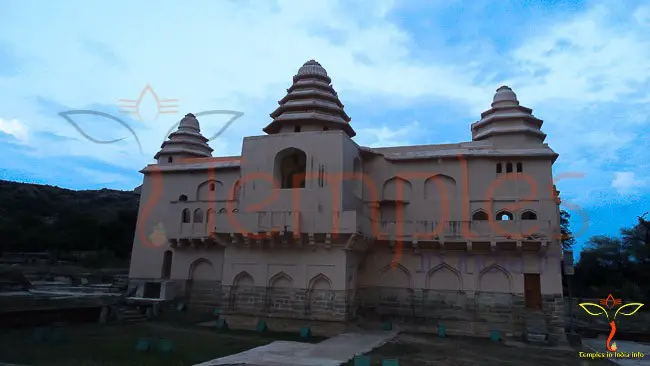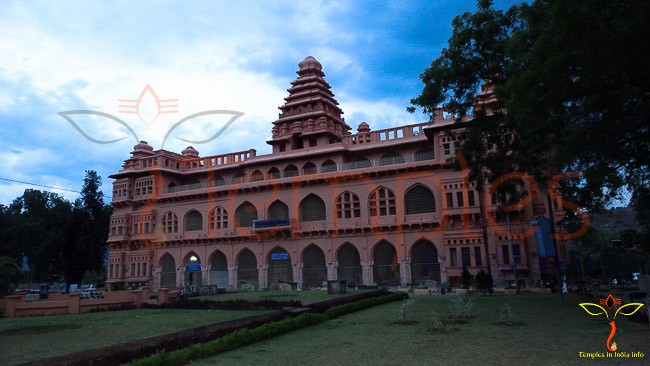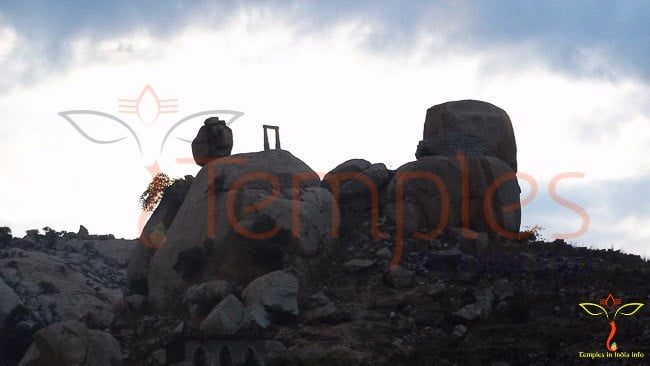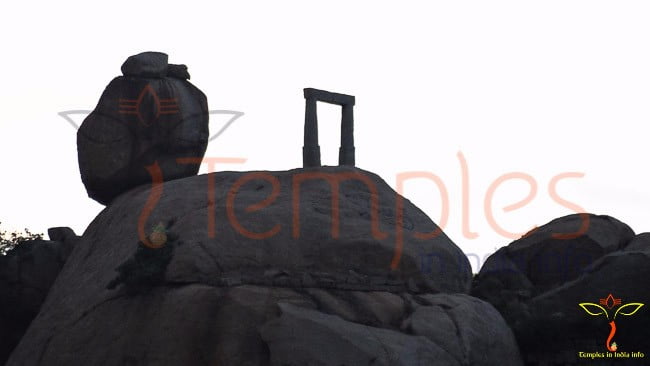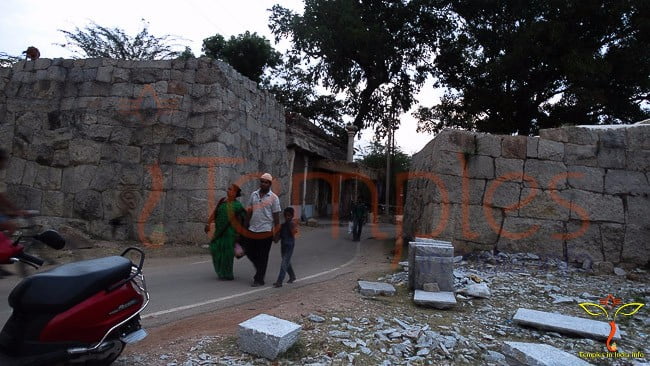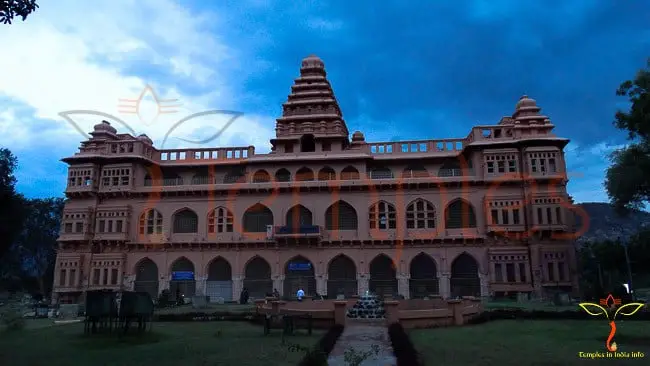Note: The sound and light Show has been cancelled in 2019.
Chandragiri is a town in the Chittoor district, Andhra Pradesh state in southern India. Chandragiri is famous for the historical fort, built in the 11th century, and the Raja Mahala / King Palace within it. The fort encircles eight ruined temples of Saivite and Vaishnavite pantheons, Raja Mahal, Rani Mahal and other ruined structures. Chandragiri Fort is just 12 km from the temple town of Tirupati.
Chandragiri Fort Timings: 10:00 AM to 8:45 PM
Chandragiri Fort Geography:
Chandragiri is located at 13.5833° N 79.3167° E. It has an average elevation of 198 meters (652 feet).
Chandragiri Fort was built in 1000 AD in the form of fortifications and bastions by the Yadavarays who ruled it for around three centuries. The monuments of Chandragiri, as a result, mostly comprise such historical buildings. This south Indian region came under the rule of the Vijaynagara Kings in 1367 AD. They transferred their capital from Penukonda to Chandragiri. Both the natural defenses of Chandragiri, which is ringed by hills, and the proximity to the Venkateshwara shrine at Tirumala, 11 km (7 miles) to the northeast, were responsible for the decision to locate here. Chandragiri in Andhra Pradesh flourished under their reign as they when on to further fortify the place and built a number of beautiful temples and buildings. After the fall of the Vijayanagara Empire, it came under the control of the Aravidu dynasty.
The fort saw its best days under their reign. The town fell to the Sultan of Golconda in 1646 and was annexed into the Golconda Territory. Later it came under Mysore rule when it was captured by Hyder Ali, in 1782. It remained under their possession till 1792 following which it slowly faded into oblivion. Today, it is part of the region of Tirupati.
Being a chiefly fortified town, inside the fortification are seen eight temples of Shaivite and Vaishnavite pantheons, Raja Mahal, Rani Mahal and other ruined structures. The Chandragiri Fort was originally built in 1000 AD by Immadi Narasimha Yadavaraya and later was renovated by the Vijayanagara kings. It is strategically located on the top of a hill which is 183 m high. An enclosed wall and a ditch around the fort act as protection against possible attacks. There are two mahals situated in the remains of the lower fort on the ground floor. The lower part of the effort is built in stone while the upper is built in brick. The Upper Fort, reputed to date from 1000, stands on a 183 m (600 ft) outcrop of granite in an impregnable location high over the valley. At its base is a fortified zone. This is divided into three enclosures, with defensive gateways along an east-west road. Within the central enclosure are two well-preserved palaces, a tank and other civic structures.
Raja Mahal or King`s Palace: this impressive three stories palace has been constructed in the typical Indo-Saracenic architecture of the Mughal period. Lime, mortar, stone and brick have been used in constructing the building with absolutely no use of timber. The floors are supported by massive pillars while the walls bear fine plaster and stucco decorations. The palace is 150 feet long with a facade enriched with pointed arches and a skyline broken by pyramidal towers, the largest crossing the Durbar Hall. The hall is surrounded by a two-story colonnade, which acts as a clerestory, allowing light to penetrate the space. The building is faced with stucco and the whole complex shows considerable ingenuity and flair. It is said to be the same venue where Sri Rangaraya granted the site of Fort St. George to the British in 1640 AD. The palace is now an archaeological museum.
Rani Mahal or Queen`s Palace: It is quite similar to the Kings palace in style and method of execution. The edifice has a flat roof. The ground floor resembles a stable and first floor contains quarters that have been decorated with ornamental sikhara. Even though it was popularly believed that the place was meant for the Queen or the harem, it has been seen from the epigraphical records available in the basement that the buildings was intended as a commander`s quarters.
The Chandagiri fort is well worth a visit, especially in the evenings. The entire fort comes alive with a light show and is a beautiful sight to behold.
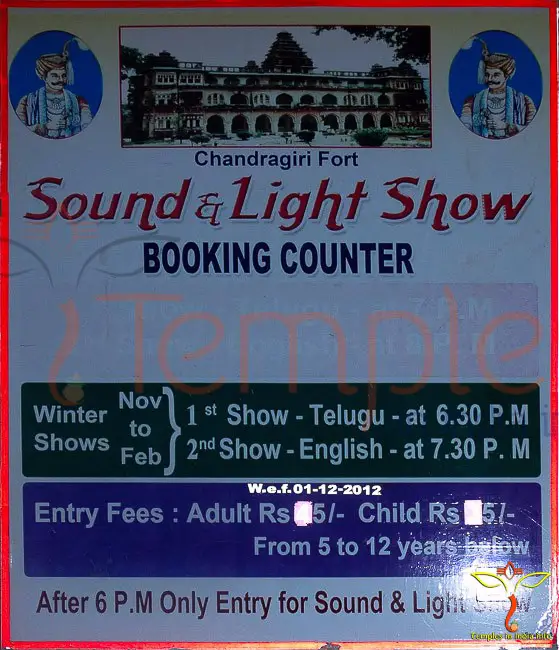
Chandragiri Fort Sound and light Show Timing:
Booking Counter.
Winter Shows : November to February.
First Show starts at 6.30 p.m, this is a Telugu version
Second Show starts at 7.30 p.m, this is a English version
Chandragiri Fort Entry Fees:
Adult Rs 45/- Child Rs 35 for 5 to 12 years below.
After 6.pm only Entry for Sound & light Show.
With effective from 01-12-2012.
